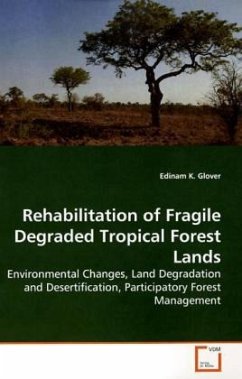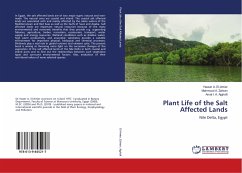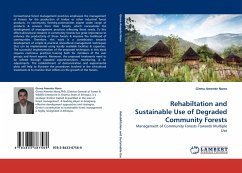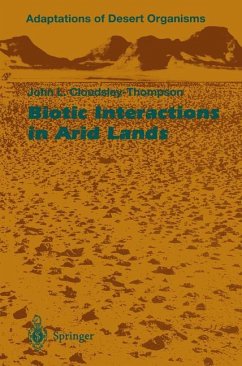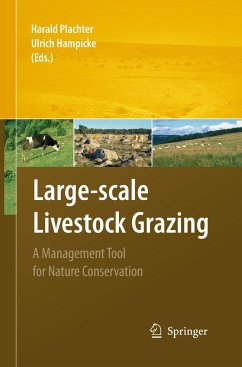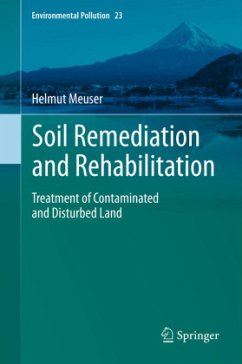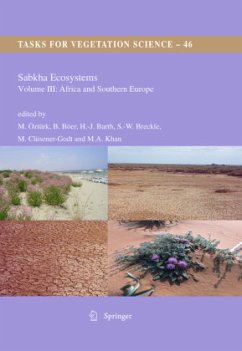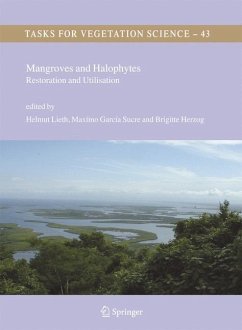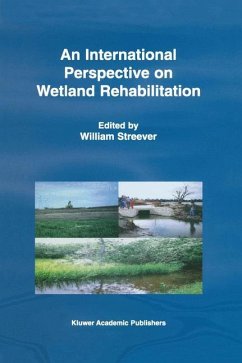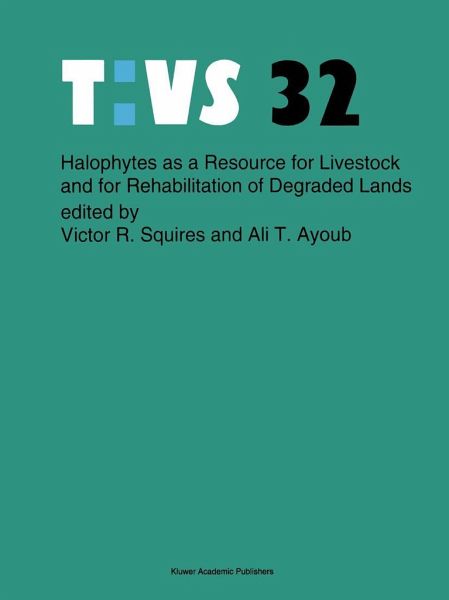
Halophytes as a resource for livestock and for rehabilitation of degraded lands
Versandkostenfrei!
Versandfertig in 1-2 Wochen
153,99 €
inkl. MwSt.

PAYBACK Punkte
77 °P sammeln!
Desertification (land degradation in arid, semi-arid and dry sub-humid areas resulting mainly from adverse human impacts) is the main environmental problem of dry lands, which occupy more than 40 per cent of the total global land area. The phenomenon threatens about 3.6 billion hectares and currently affects the livelihood of about 900 million people. Thl! world is now losing annually about 1.5 million hectares of total irrigated lands (240 million hectares) due mostly to salinization, mainly in drylands. Salt affected soils are widely distributed throughout the arid and semi-arid regions, and...
Desertification (land degradation in arid, semi-arid and dry sub-humid areas resulting mainly from adverse human impacts) is the main environmental problem of dry lands, which occupy more than 40 per cent of the total global land area. The phenomenon threatens about 3.6 billion hectares and currently affects the livelihood of about 900 million people. Thl! world is now losing annually about 1.5 million hectares of total irrigated lands (240 million hectares) due mostly to salinization, mainly in drylands. Salt affected soils are widely distributed throughout the arid and semi-arid regions, and particularly severe in China (7 million ha), India (20 million ha), Pakistan (3.2 million ha), USA (5.2 million ha), as well as Near East, southern Europe and elsewhere. Demands on production have increased the pressure on existing productive land and moved the limits of production onto increasingly marginal lands. Wise land-use practices have yet to be developed for such conditions. The Executive Director of UNEP reported to the Governing Council in February 1992 concerning the "Status of Desertification and Implementation of the United Nations Plan of Action to Comtat Desertification (PACD)". The Report concludes that major efforts to implement the PACD had gJne into supporting measures rather than concrete corrective field operations. Little evidence of progrl!ss was found in irrigated croplands, rainfed croplands or rangelands. It was recommended that every piece of land should be used in keeping with its ecological characteristics, natural capabilities and constraints.





